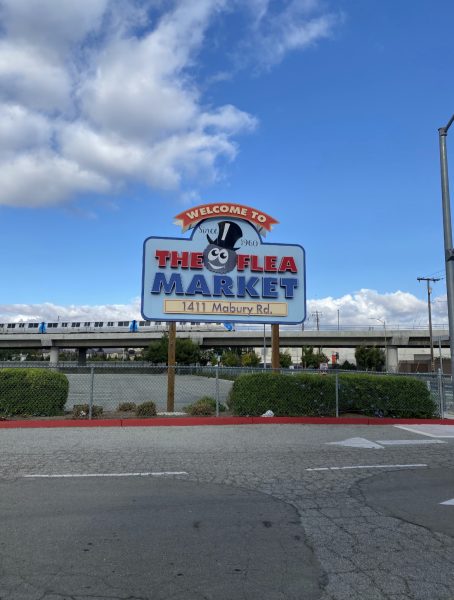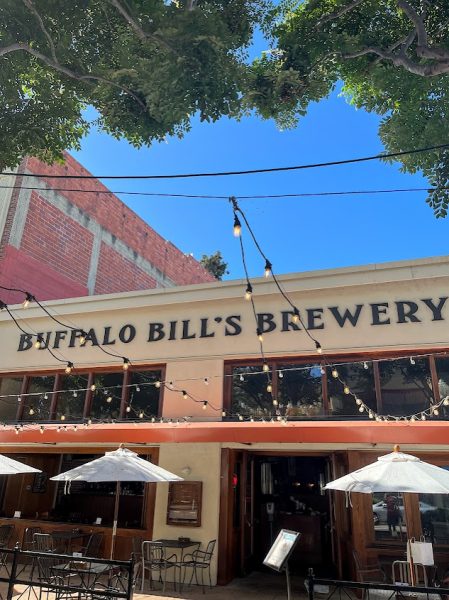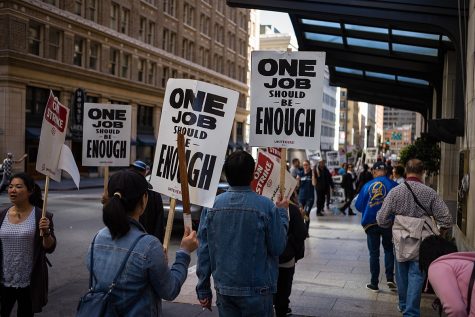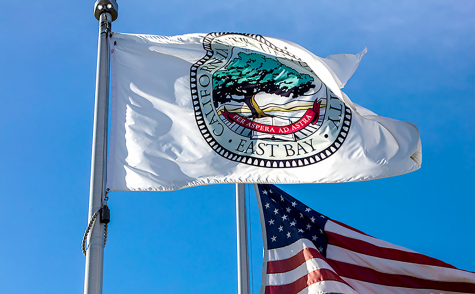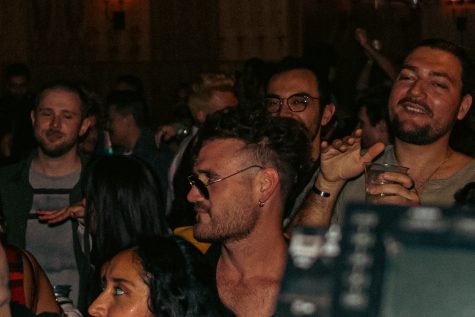School District Looks Toward Positive Imaging to Increase Performance
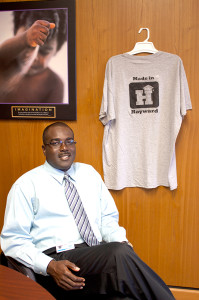
superintendent Donald Evans on
July 23, after Evans joined the
Berkeley Unified School District.
The Hayward Unified School District is launching a new learning initiative called ‘Made in Hayward,’ aimed at increasing pride in Hayward education and creating pathways for students to graduate and get a college degree.
The Made in Hayward campaign will not create any new programs to help students, said Stanley Dobbs, interim superintendent of the school district. It will emphasize existing programs to help troubled youth graduate by creating opportunities for students to make up missed course credit and by providing emotional support to struggling students who may have difficult lives outside of school.
“The first thing is to shift their way in their thought, and so the Made in Hayward program makes people feel very confident and positive about what they’ve already accomplished,” Dobbs said.
The new initiative will organize all school services under a centralized structure so that counselors and other service groups can work together and focus on providing a supportive environment for Hayward students. This will allow the district to collect data on what students need to excel in school.
“We can put a student in a position where they can build those pathways now, and create them for them as they get to a point where they need to make those decisions,” said Dobbs.
Dobbs and his staff are modeling the way Hayward deals with delinquency in schools after the Harlem Children’s Zone in New York City. This non-profit was the basis for the federal ‘Promise Neighborhood’ program, which allocates $25 million in grants to develop education opportunities for residents living in the Jackson Triangle neighborhood.
Chien Wu-Fernandez, executive director of Student, Family and Community Services explained that instead of suspending students who act out, the district is trying to enforce “restorative justice” by reaching out to students who skip class or show troubled behavior.
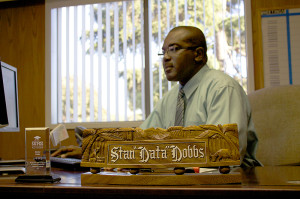
solving academic performance issues.
“Having someone create that relationship with a student, as well as being the model of the student is going to give us a little bit of a heads up, so that we’re not catching them when they’re way behind, we’re catching them when they’re starting to fall,” Wu-Fernandez said.
T-shirt sales emblazoned with the logo “Made in Hayward” will help build funding for the Hayward Education Foundation, a non-profit organization that provides micro grants to teachers in Hayward schools. Teachers who lack funding for school programs and activities can apply online for grants.
At Martin Luther King Jr. Middle School, a teacher received an $800 micro grant to start a robotics program. By the second year, the school was competing and winning awards, Dobbs said.
The city of Hayward serves 65,000 students, 21,000 of whom are enrolled in public schools in the district. The school district is the lowest performing of all comparable districts in the county, based upon its performance on standardized tests.
Dobbs hopes to work closely with CSU East Bay president, Leroy Morishita, to make Hayward into an inclusive learning environment. The district would like to see Hayward become known as an “education city” rivaling Stanford or Berkeley.
“I could be a child standing right now in the Jackson Triangle… and no matter what my economic conditions are I can plan right now as a kindergartener that I’m going to receive my associates at Chabot, my bachelors at Cal State East Bay, even my doctorate at Cal State East Bay if that’s what I wish to do,” said Dobbs.




